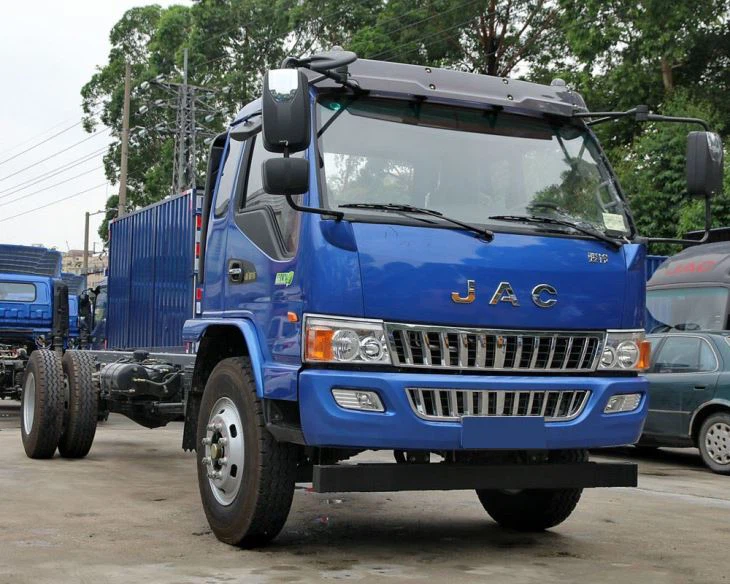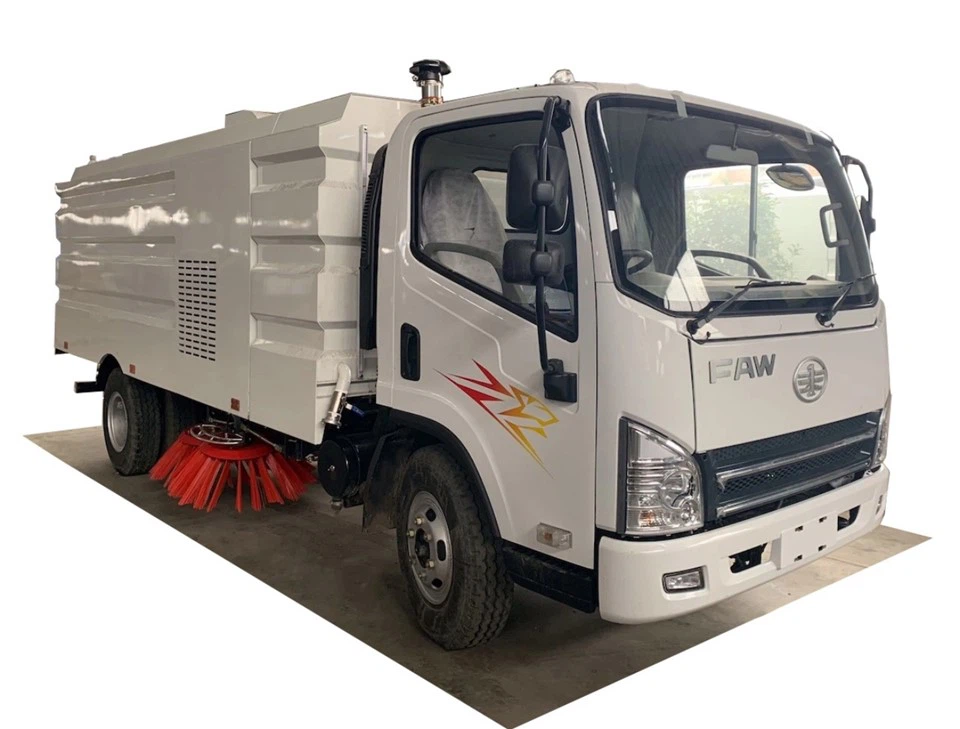Understanding 316 kW: Applications, Benefits, and Insights

Introduction
The term ‘316 kW’ often appears in discussions surrounding power generation, energy efficiency, and industrial applications. This article aims to break down what 316 kW signifies, its uses, benefits, and how it affects various industries today. Understanding how this power measurement fits within your specific needs can help you make informed decisions regarding energy consumption, sustainability, and operational efficiency.
What is 316 kW?
316 kW refers to a measure of electrical power, predominantly used in the context of machinery, engines, or electrical generators. The unit ‘kW’ stands for kilowatt, which equals 1,000 watts. This measurement plays a crucial role in evaluating the capacity of devices and systems to operate effectively.
How is kW Measured?
Power generation and consumption can be measured to determine how much energy devices consume and produce. The kW metric helps assess efficiency and effectiveness in various applications, including residential, commercial, and industrial setups.
Conversion of kW to Other Units
Understanding power calculations is critical for numerous applications. Here are some common conversions:
| Unit | Conversion Factor |
|---|---|
| 1 kW | 1.341 Horsepower |
| 1 kW | 860 kcal/hr |
| 1 kW | 1,000 Joules/second |
Applications of 316 kW
316 kW is often seen in power supply systems, industrial machinery, HVAC systems, and various other applications. Below are some examples of where 316 kW units are employed.
Industrial Equipment
In industrial settings, machinery such as pumps, compressors, and motors are frequently rated in kW. For instance, a large compressor that operates at 316 kW can efficiently supply compressed air to machinery in a manufacturing plant.
Energy Generation
Power plants can utilize generators rated at 316 kW to contribute to local energy grids. These generators can produce sustainable energy from various sources, like wind or gas, showcasing efficient generation methods.
Commercial Applications
A commercial building may require 316 kW of power for its lighting, HVAC systems, and other electrical operations. Installing energy-efficient systems can help reduce overall consumption while maintaining performance.
Benefits of Utilizing 316 kW Systems
Investing in equipment and systems rated at 316 kW presents several advantages:
Efficiency
Devices optimized at 316 kW can minimize energy wastage. For example, a high-efficiency HVAC system operating at this power level can significantly reduce heating and cooling costs while maintaining comfortable conditions.
Cost-Effectiveness
Investing in energy-efficient technologies often leads to savings on electricity bills. The upfront investment in a 316 kW generator or system can be offset by lower operational costs over time.
Environmental Impact
Using equipment rated at 316 kW means potentially relying on green energy solutions. This improves sustainability benchmarks and helps meet environmental regulations.
Considerations When Using 316 kW Equipment
While the benefits of 316 kW systems are significant, it is essential to consider a few factors:
System Size and Load Requirements
Understanding the load requirements of your application is crucial. Over-sizing a system could result in inefficiencies and increased operational costs. Always match the power requirement closely with actual needs.
Maintenance and Operational Costs
Regular maintenance is vital for ensuring the longevity and efficiency of 316 kW systems. Develop a routine maintenance schedule to prevent costs related to unexpected downtimes.
Energy Source
Consider the energy sources you will implement with a 316 kW system. Renewable sources such as solar or wind could greatly enhance the sustainability of the system, allowing for greater overall efficiency.

Practical Examples and Tips for Implementation
Integrating 316 kW systems can be straightforward with the right approach. Here are some practical tips.
Example 1: Manufacturing Facility
A manufacturing facility may require a 316 kW generator to maintain uninterrupted operations. Align the generator with the load requirements and ensure that the facility implements energy-efficient machinery to maximize output.
Example 2: Commercial High-Rise Building
For a commercial building, installing a 316 kW HVAC system can enhance comfort levels. Choose energy-efficient models that align with indoor climate standards while minimizing energy consumption.
Implementation Tips
- Conduct a comprehensive energy audit to assess needs.
- Consult energy professionals for advice on suitable systems.
- Invest in smart technologies to monitor usage efficiently.
- Re-evaluate energy strategies periodically to optimize performance.
Future Trends in Energy Consumption and Generation
The landscape surrounding energy generation and consumption continues to evolve. As technologies advance, the role of systems like 316 kW generators is changing:
Rise of Renewable Energy Sources
Renewable technologies are becoming more prevalent in energy generation. Systems that focus on sustainable energy, paired with efficient consumption practices, will likely see increased adoption.
Smart Grid Technology
Emerging smart grid technologies are enhancing the management of energy distribution, helping ensure optimal operation of various power systems including those rated at 316 kW.
Increased Regulations and Standards
As environmental concerns grow, stricter regulations and standards pertaining to energy efficiency and sustainability are being enforced. Compliance with these regulations can influence the choice of systems rated at 316 kW.
Frequently Asked Questions (FAQs)
What does 316 kW mean?

316 kW represents a measure of power equal to 316,000 watts, commonly used in industrial and commercial applications to denote the capacity of equipment like generators and motors.
How is 316 kW relevant to my business?
If your business uses machinery or systems that operate within the 316 kW range, understanding this measurement is crucial for optimizing energy consumption and managing costs effectively.
Can a 316 kW generator power my facility?
Whether a 316 kW generator can power your facility depends on your specific load requirements. Conducting an energy audit will help you determine if this capacity is suitable.

What factors should I consider when purchasing a 316 kW system?
Key factors include your facility’s energy load requirements, maintenance needs, energy source availability, and compliance with regulations.
How can I monitor energy consumption in my facility?
Investing in smart monitoring systems can help track energy consumption in real-time, allowing for adjustments to avoid wastage.
Will utilizing 316 kW systems help with sustainability goals?
Yes, using efficient 316 kW systems can significantly contribute to sustainability by reducing energy consumption and lowering environmental impact.
